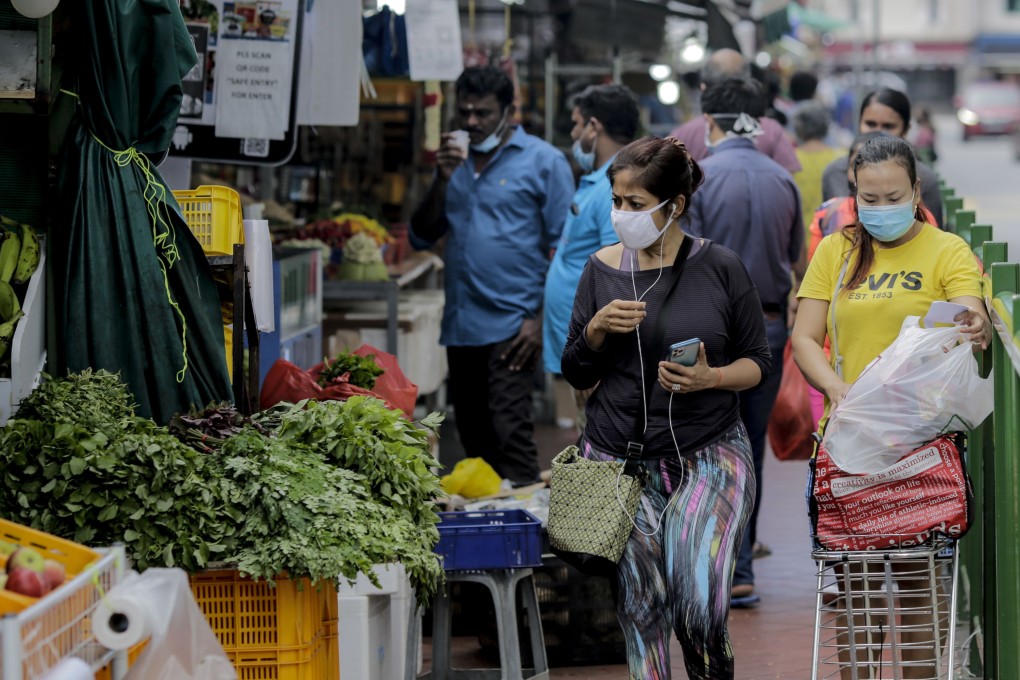What Singapore is doing to boost food security, from urban farms to homegrown vegetables
- Singapore’s loss of one-third of its chicken supply following Malaysia’s export ban has reinforced its vulnerability to shocks in the food supply chain
- While it already has plans to triple its food production by 2030, experts say a central stockpile is also important and suggest the region should band together to form a food reserve with a range of raw products

Since the ban was announced, citizens have joked about their access to the de facto national dish of chicken rice – which uses broiled fresh chicken – but the dearth of this food item outlines a bigger problem.

Singapore is heavily dependent on other countries to feed its 5.45 million people, leaving it vulnerable to any disruptions in food supply chains. The country is 170 times smaller than New York City and produces just one-tenth of its nutritional needs, importing everything from fish to pork, vegetables, rice, potato and chicken.
The prime minister recognises this, saying the impact on Singapore was “regrettable”. “This time it is chicken, next time it may be something else. We have to be prepared for this,” said Lee Hsien Loong.
Already, India has restricted wheat and sugar exports, and Thailand and Vietnam are discussing a pact to raise rice prices.
Cognisant of its vulnerability, Singapore had in 2019 embarked on a plan it calls “30 by 30”, which aims to use technology and innovation to produce 30 per cent of the country’s nutritional needs by 2030, thereby cutting down its reliance on food imports.